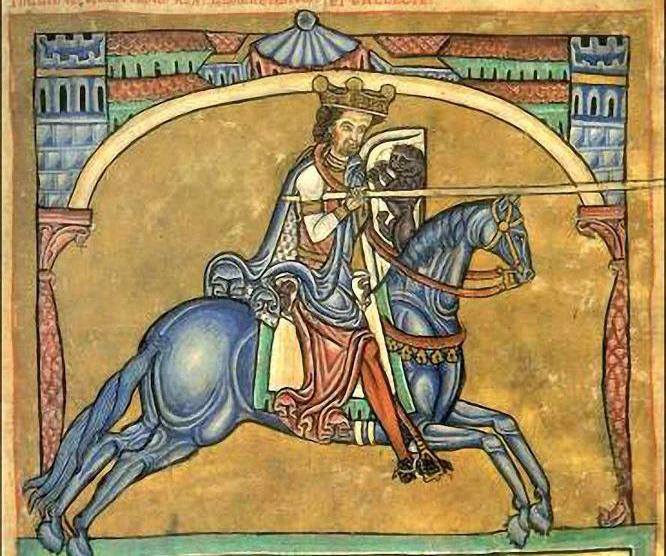In the modern understanding of dressage, calm is downplayed for forwardness in training. To some measure, this “error” is the result of technical difficulties which arise from the use of oppositional aids and laxity in the training of the rider’s seat.
While rarely an intentional oversights, the three roads (goals and purposes) to good dressage, as outlined by General L’Hotte, calm, forward and straight are either completely ignored or placed in the wrong order. Generally, forward is placed first and straight is either ignored or considered a unattainable theoretical “thing”. Calm is usually on the back burner and usually the result of the onset of exhaustion in the horse.
Much of this is a simple lack of education in the riding public, but we have lost our primary means to connect to the horse by our disregard for clam. It is only in mutual stillness that both the horse and human can take stock of each other and gauge their approach and establish the ground for connection.
Calm is essential in practice of dressage. Dressage is an quiescence and is an indispensable tool essential for attaining the highest dressage or the full awakening of the centaur. The centaur/centaur effect is the harmonization and merging of two beings, horse and human, into one.
Quiescence, from Latin “quiescent” ‘being still’, (The New Oxford American Dictionary) forms the ground for simple communication. Good dressage begins and ends in the quietness of an almost meditative stillness in both the human and the horse.
From the quiescence state of mind forward naturally starts to arise and finds direction through straightness. This makes for the dawning of a natural sanity in both beings.
Without calm, suppleness vanishes. When suppleness is blocked or lost, movement becomes destructive. The body is worn out. This is counter to good dressage.


Recent Comments